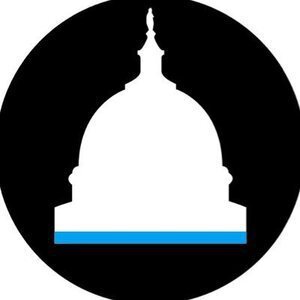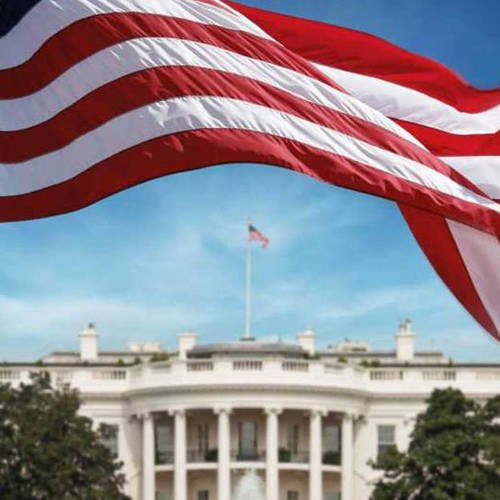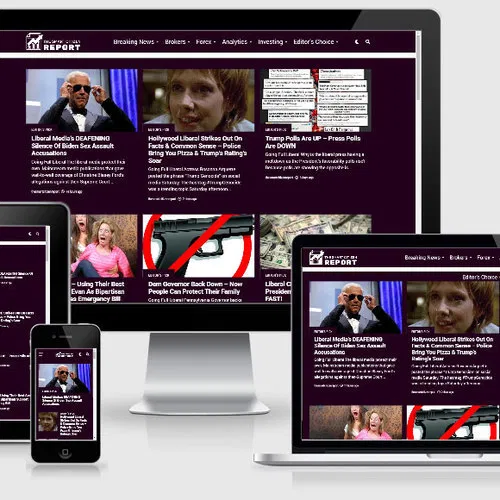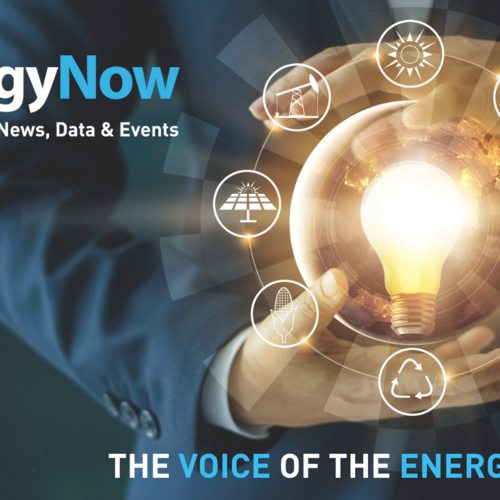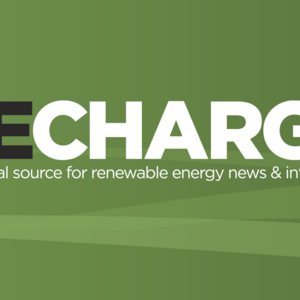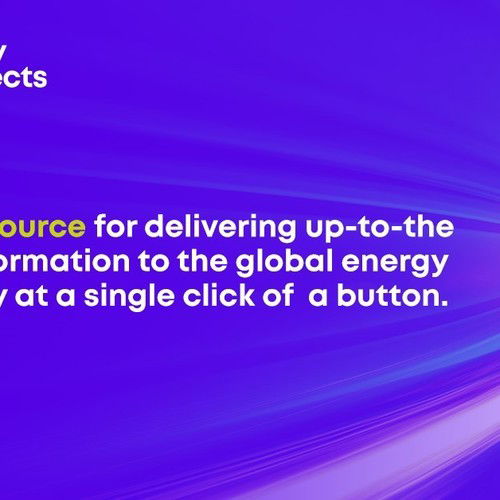President-elect Donald Trump has expressed his desire to stop the construction of new wind energy projects during his upcoming term. Speaking to reporters at Mar-a-Lago this week, Trump criticized wind energy. The president-elect described the wind energy industry as reliant on government subsidies and claimed it to be the most expensive form of energy production.
“We’re going to try and have a policy where no windmills are being built … they don’t work without subsidy, you don’t want energy that needs subsidy,” Trump said.
He added that windmills are “littered all over the country” and benefit only those profiting from the subsidies.
Trump previously indicated his intentions to take aim at this renewable energy sector in May. Back then, he pledged to end offshore wind production by executive order on his first day in office.
However, these latest comments suggest the incoming administration may seek to halt all new wind energy developments, both onshore and offshore.
According to the Department of Energy (DOE), wind power is one of the fastest-growing and most cost-effective electricity sources in the country. To date, over 153 gigawatts of wind power capacity have been installed nationwide. Over two-thirds of that total is located in states won by Trump in the 2024 election.
The conflicting claims from Trump and the DOE over the cost of wind energy reflect broader challenges in comparing the total costs of renewable energy with traditional power sources.
Experts note that building a wind farm is often less expensive than constructing a gas-fired power plant to generate the same amount of electricity. However, wind energy can involve additional costs, such as long-distance transmission lines and backup energy sources, due to its intermittent nature. In contrast, gas plants can provide electricity on demand.
Meanwhile, the wind energy industry has also faced growing obstacles, including opposition from over 400 counties, delays in connecting projects to the grid and slowed installation rates.
While Trump cannot directly prevent wind farms from being built on private lands, he could phase out production tax credits, a key government subsidy for private wind projects.
His administration will have influence over wind energy developments on federally owned lands and waters. However, companies holding existing leases would still have the legal right to be issued permits to proceed if they choose to move forward with their projects.








